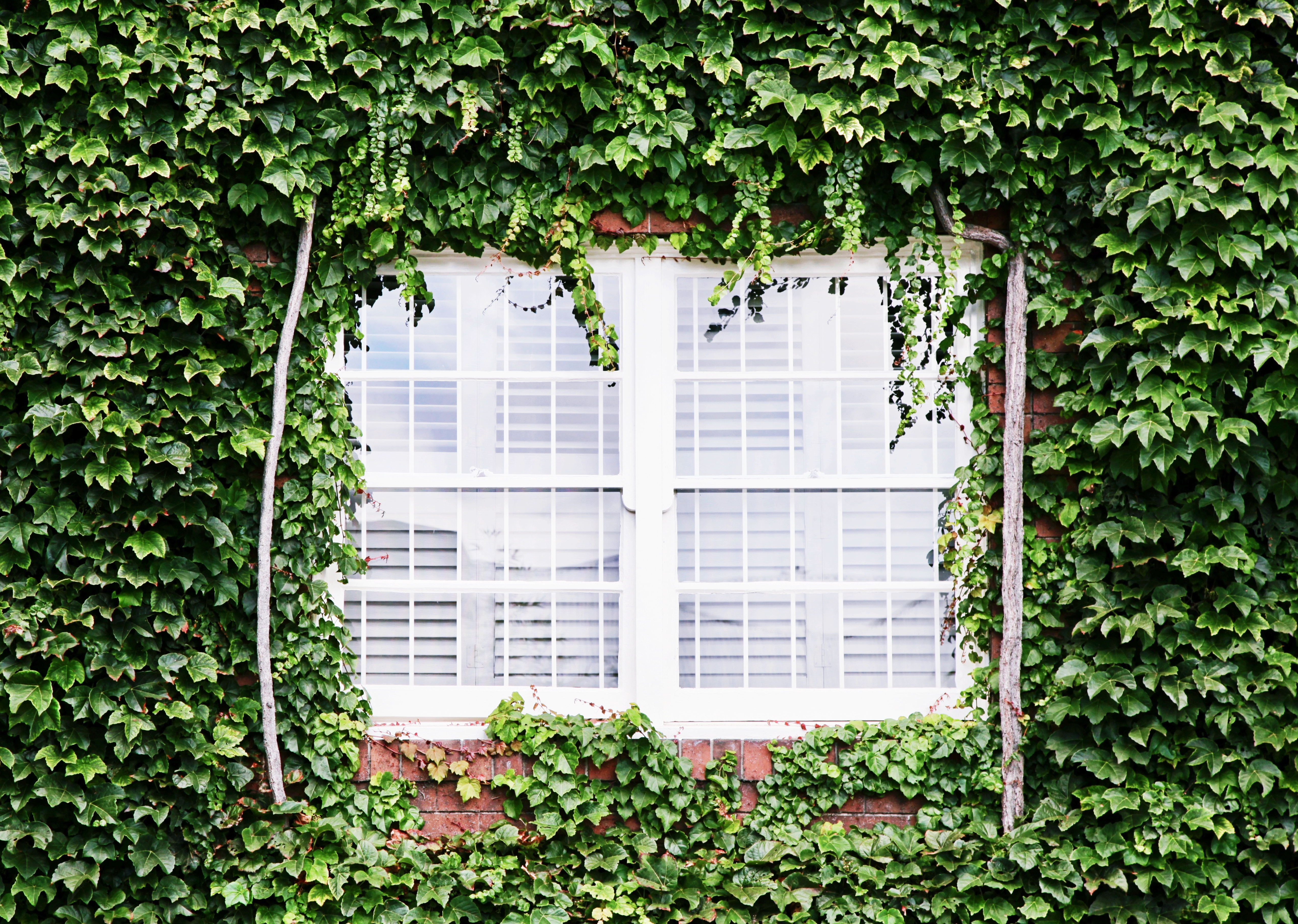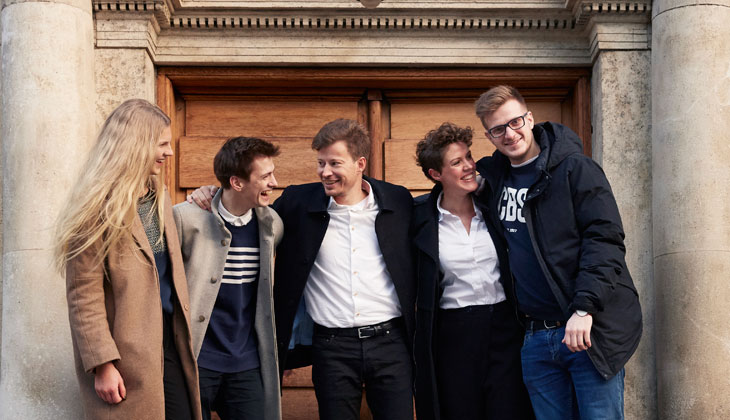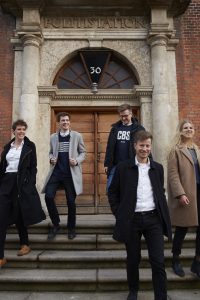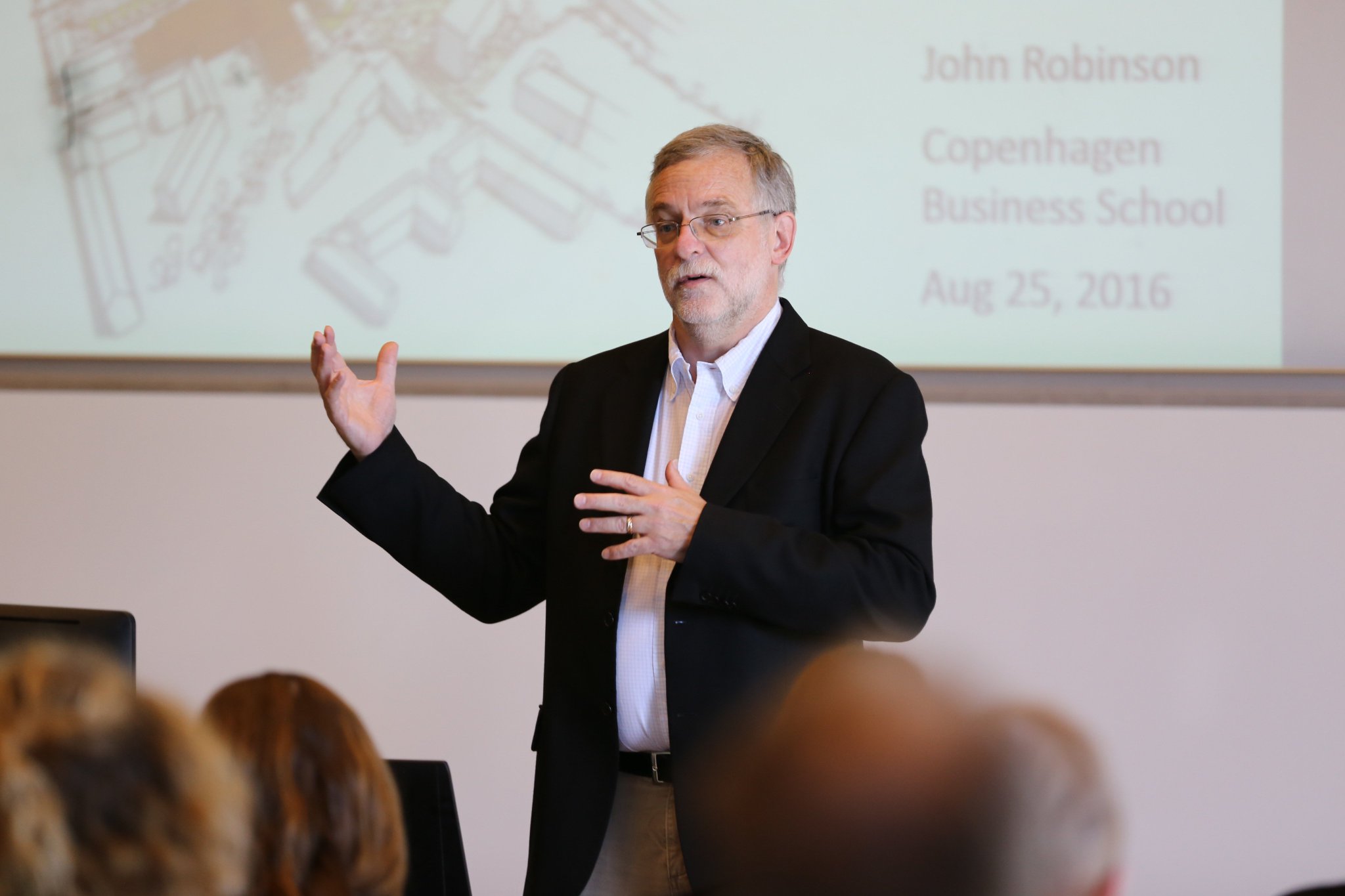By Lara Anne Hale.
- How can the standardization of green default rules influences those living in or working with buildings?
- Both the green and performance gap can be bridge through choice architecture within building infrastructure, thus facilitating sustainable consumption.
- Counter to prior literature on default rules, my research finds that one key aspect of how design affects people is through awareness.
Approximate reading time: 2-3 minutes.
The Green Gap and the Performance Gap
There has been a wealth of research into sustainable consumption suggesting that individuals may value protecting the environment, but then not make green purchases, known as the “green gap” (Barbarossa & Pastore, 2015; Johnstone & Tan, 2015; Gleim & Lawson, 2014). At the same time there is a discrepancy between the way green buildings are built to energetically perform and how they perform in reality, known as the “performance gap”. Theorists, practitioners, and policy makers alike have sought to tackle the green gap with choice architecture, designing the way choices are framed to increase the likelihood of some choices over others (including choosing green products over standard ones) (Thaler & Sustein, 2008). And in recent years, there has been a demonstrated shrinking of the performance gap when learning from buildings as they are used, and then using these learnings to improve building performance predictions (Menezes et al., 2012). But what if these two strategies came together?
Closing the Gaps: Design for Awareness
As outlined in my recently published article “At Home with Sustainability: From Green Default Rules to Sustainable Consumption” (Hale, 2018), choice architecture within building infrastructure can be the starting point to sustainable consumption; and buildings designed this way can work towards reducing both the green and performance gaps. The article examines the building demonstration projects using the Active House standard and how the standardization of green default rules – choice architecture that sets the default choice for settings, such as temperature, lighting, water pressure, etc. (Sunstein & Reisch, 2013) – influences those living in or working with the buildings. Counter to prior literature on default rules, the research finds that one key aspect of how the design affects people is through awareness. By experiencing the Active House buildings and then later experiencing a contrast in a different built environment, they gained an appreciation for the conveniently designed way with which the buildings helped them to live better and consume fewer resources.
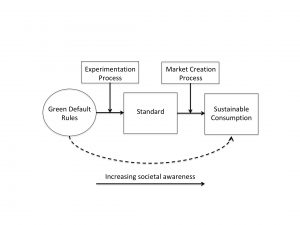
A “Learning by Living” Approach to Sustainable Consumption
These positive effects work both ways. On the one hand, the very real impact of living in a sustainable home can generate an interest in seeking a green lifestyle in broader ways. For example, while living in one of the demonstration homes named Maison Air et Lumière, the Pastour family’s youngest child did not experience asthma attacks and was even able to stop taking his medication. However, upon moving back to a standard house, his attacks resumed. This poignant change in their child’s health drove the Pastour family to testify for the significance of sustainable living (Pastour, 2013). On the other hand, the standard makers learn from the experiences of those living in the demonstration buildings and can adapt and improve upon the building projections so that there is a better match between expectations and reality, and so that the buildings are better designed with people at the center.

Altogether there are promising avenues for combining choice architecture and sustainable building design that make more healthy, comfortable indoor spaces for people, while basically offering a “learning by doing”…or “learning by living” approach to sustainable consumption.
